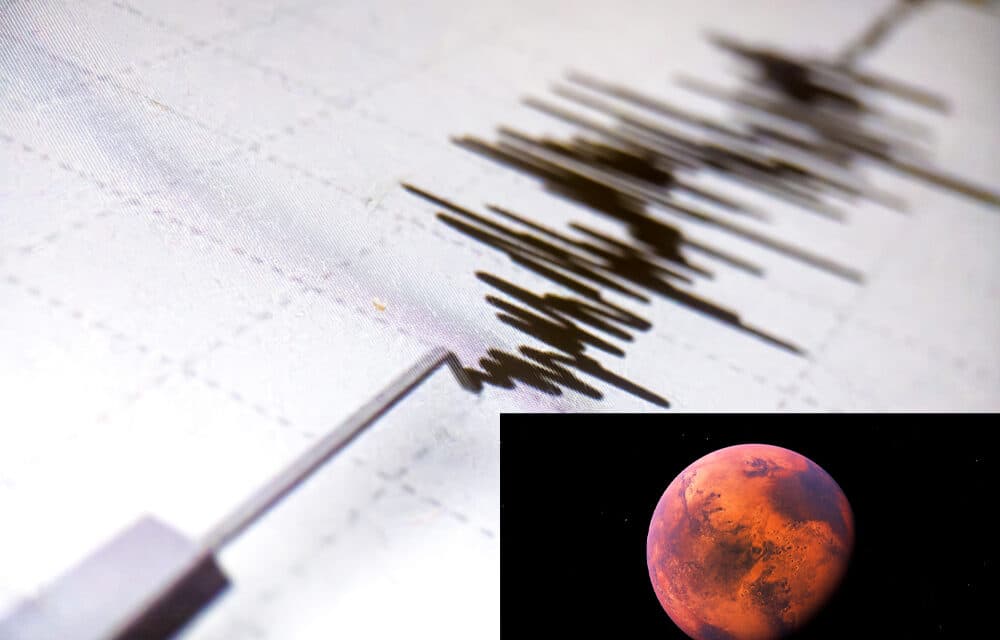A robot on Mars has detected the biggest earthquake ever felt on another planet, a Martian tremor that reached a magnitude of 5 on the Richter scale, according to a statement issued on Monday from NASA’s Jet Propulsion Laboratory (JPL).
The record-breaking “marsquake” not only demonstrates geological activity on Mars, but also opens a window into the mysterious interior of the red planet. The quake was captured by NASA’s InSight mission, a lander that touched down on Mars in November 2018.
InSight is equipped with a sensitive component called the Seismic Experiment for Interior Structure (SEIS), which is the first seismometer ever deployed on an extraterrestrial world. Designed and built by France’s National Center for Space Studies, which is the nation’s governmental space agency, SEIS has recorded more than 1,300 marsquakes since it began operating some three years ago.
In Earth terms, a magnitude 5 earthquake would be no big deal. On our planet, such earthquakes occur half a million times per year and rarely cause serious damage. (They may throw stuff off shelves and make windows crack, according to Los Angeles Times, and would wake you up at night). Mars, however, is tectonically much more peaceful, and magnitude 5 is about as powerful a quake as scientists hoped for when they sent InSight to the Red Planet in 2018.
“Since we set our seismometer down in December 2018, we’ve been waiting for ‘the big one,'” Bruce Banerdt, InSight’s principal investigator at NASA’s Jet Propulsion Laboratory in California, which leads the mission, said in a statement. “This quake is sure to provide a view into the planet like no other.” The team still knows very little about the record-breaking marsquake and will have to analyze the data to determine its location and source.
InSight landed in the Elysium Planitia, a broad plain straddling the planet’s equator, on Nov. 26, 2018, and is fitted with a highly sensitive seismometer built by the French space agency CNES. The instrument allows geologists to remotely peek inside the planet’s interior by detecting and analyzing seismic waves passing through the geological layers of Mars. By comparing what they see on the Red Planet with what they know about the behavior of seismic waves on Earth, geologists can determine the depth and composition of these layers: the crust, mantle, and core.

















